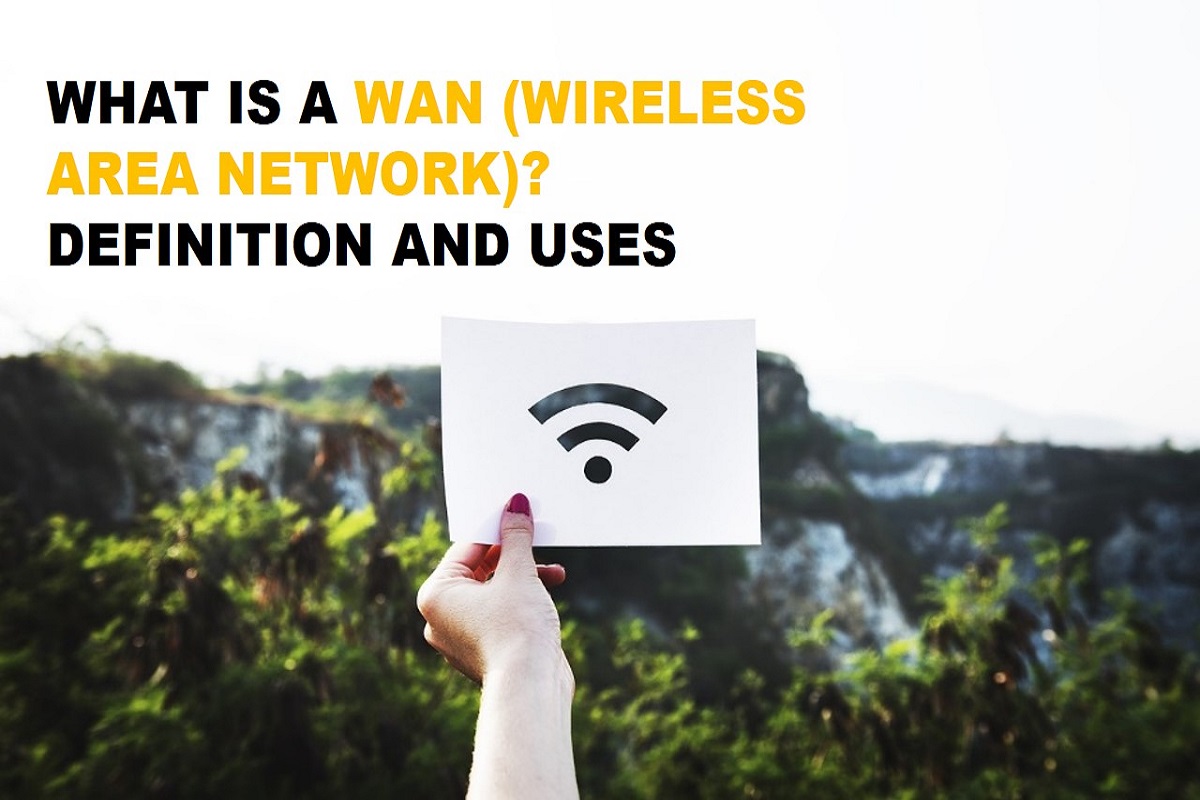WAN (Wide Area Network) Definition
WAN is the acronym for Wide Area Network (“Wide Area Network”). The concept is used to name the computer network that spans a large swathe of territory, either through a city, a country or even globally. An example of a WAN network is the Internet itself.
WAN is distinguished from other types of networks, such as LAN (Local Area Networks) or PAN (Personal Area Networks), which have different configurations and scopes. LAN networks are prevalent within companies or organizations, while PANs operate within the boundaries of a room or similar spaces.
The WAN network, therefore, involves the interconnection of terminal equipment or other networks that are at great distances from each other. Its infrastructure requires several switching nodes and the vital capacity to support the volume of data traffic.
The switching node is understood as the device that is responsible for handling traffic. These teams receive the data through an entry line and must choose an exit line to resend them.
WAN (Wide Area Network) Uses
WAN networks can have different topologies, such as the so-called point-to-point, which consists of the interconnection of the nodes through dedicated channels that are always available for connection.
The ring topology, on the other hand, implies the connection of each node to two others, generating a particular pattern that increases the number of possible solutions to possible problems in the connections through a cable.
Other topologies are a star (one node becomes the center of connection for the rest) and mesh (looks for the interconnection of all the nodes, which supposes a higher capacity to overcome the failures).
Types of WAN networks
* Switched by circuits: a call is required to establish a communication, after which each user has a direct link through the different segments of the network;
* Switched by the message: for this kind of network, the switches are usually computers that have the task of accepting traffic from the terminals with which it is connected. These teams examine the address that is in the header of the messages and can save it to be attended at another time. The messages can be erased, stored, redirected or answered automatically;
* Switched by packets: the data sent by each user is split, converted into a series of small parts that once received by the recipient join in recomposing the initial information. It is worth mentioning that each package navigates the network independently as if it were individual entities, which lightens traffic and facilitates the correction of errors since if one of them fails, it is not necessary to forward the rest;
* Connection-oriented networks: serve a large number of users, giving each one the feeling of having exclusive resources. This concept is known as a virtual circuit (or virtual channel) and belongs to the plane of multiplexing channels and ports, that is, the union of a minimum of two information channels in a single transmission medium through a device called multiplexor;
* Networks not oriented to connection: they are called datagrams and are characterized by moving from the free state to the data transfer direction. Need to note that, this type of network does not perform confirmation, error recovery or flow control for the entire set of users; however, each node can access these functions individually. In this category enters the Internet.

